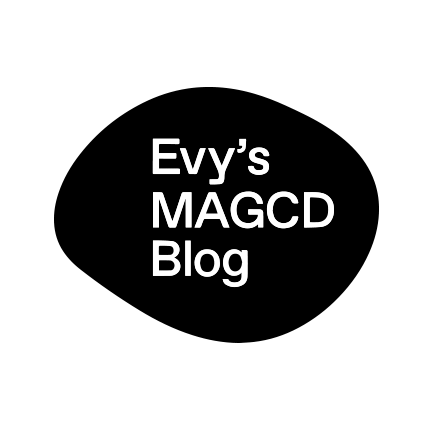As I started thinking about this new project, I found it quite challenging to pick a collection and to make sense of the set as a whole. It seemed like there were so many variants, that setting for a few ways of classification wasn’t going to be useful.
This collection of Latin American Pamphlets from the 19th and early 20th century caught my attention as I’m particularly interested in typography, and it it’s related to my own background. It was quite insightful to analyse the methods and content of this collection of written pieces. For this exercise I took a sample of 50 pamphlet covers found in the Harvard online library collection.

Cataloguing Experiments
1. CATALOGUING THEMES – My first instinct was to catalogue the content thematically using broad categories and exploring hierarchy through word clouds. The nature of the content helped me reflect on the history of my home continent, and think about broad ways in which these printed artefacts represent the spirit of an era.


2. CATALOGUING SHAPES – For this experiment I started looking at the common visual elements within my set and exploring their relationship in more depth. From ornamental frames to type, I tried to dissect the information in a methodical and informative way that might have shed some light into the contents of the set or help me to reinterpret it in a new way.
I also started to push the ornaments a bit further, blowing the up and focusing on the detail of each motif. I began to create patterns using the ornaments and shopping a new brand new language and way to use the same visual elements.





3. CATALOGUING TYPE – One of the main reasons why I picked this set was because I wanted to explore typography further and get to investigate it in a different way. This direction led me to look for typographic patterns and to start building a collection of typeface styles, characters, and layouts. By not only classifying, but also hijacking, I’ve started to tap into the world of 19th century typography and understand more about the lithographic processes, opportunities and constrains, that frame these pieces of work.
This is something I would like to explore further, so I have stated looking at modern equivalent of these typefaces, trying to create a modern parallel and explore the possibility of recontextualising these typographic elements.




Tutorial Feedback
This particular tutorial was quite informative as I got to talk about the initial stages of the project and see how others had approached the challenge. Here are some of the main comments and ideas to take forward for the last week:
- Consider limiting your use of visual media to whatever is available in the set. That is in connection to the fact the Latin American printers of the 19th century had limited resources and created these publications in a kind of incongruent fashion.
- Think about the distribution of ideas through pamphlets and ephemeral publications. Is there a way to catalogue them in a way that is opposite to their original purpose?
- Explore the rules of graphic design and design systems as a way to create a parallel between these and the rules of society, that are being set over and over through the pamphlets contents.
- Change medium. Perhaps explore film as a way of collecting and presenting the information I have breakdown through different categories.
